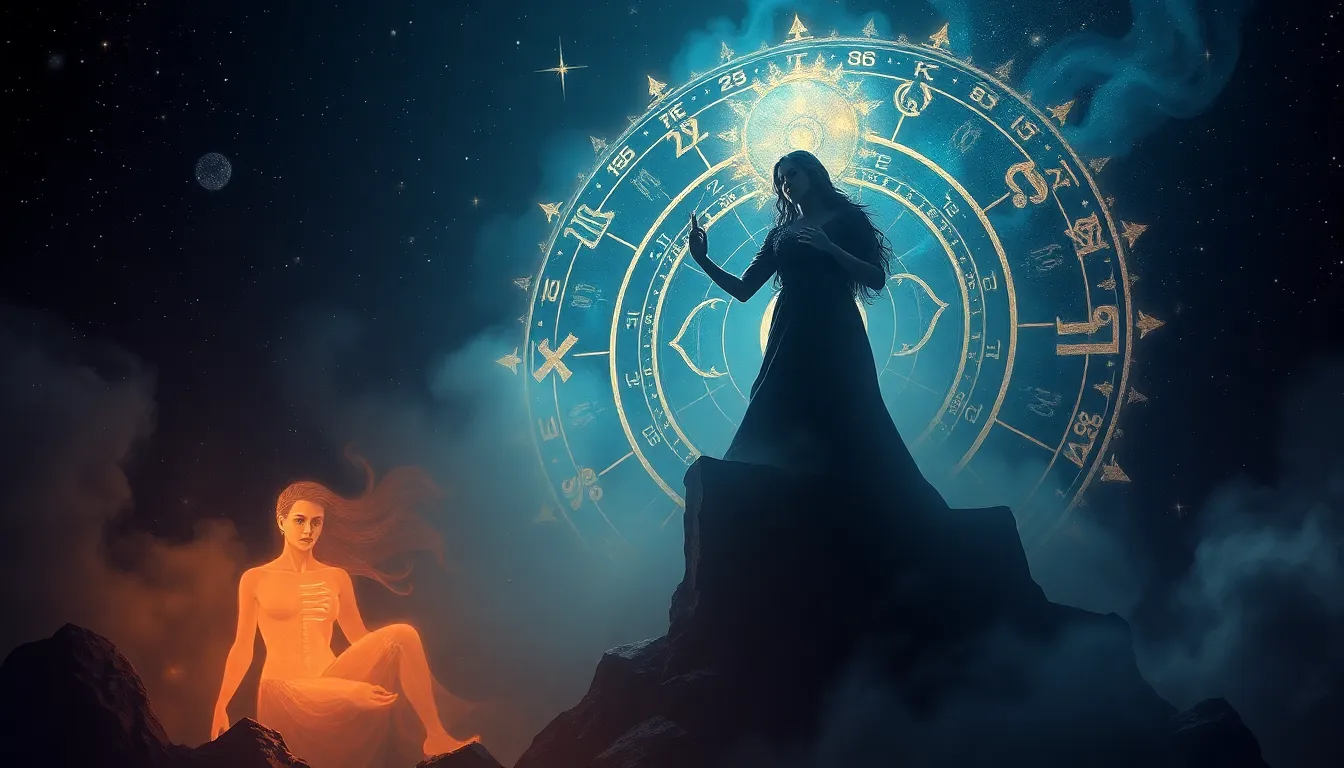Mayan Mythological Body Art: Tattoos of the Ancients
Introduction
The ancient Maya civilization, renowned for its sophisticated writing system, remarkable architecture, and advanced astronomical knowledge, also possessed a rich tradition of body art. Mayan tattoos were not merely decorative embellishments; they served as profound expressions of mythology, spirituality, and social identity. This article delves into the captivating world of Mayan tattoos, unveiling the stories etched onto the skin, the symbolism woven into the designs, and the enduring legacy of this ancient art form.
The Significance of Body Art in Mayan Culture
For the ancient Maya, tattoos held a sacred purpose, extending beyond mere aesthetics. They served as a means of connecting with the divine, embodying the belief that the human body could be a canvas for portraying the stories and symbols of the gods. Tattooing rituals were imbued with spiritual significance, often performed by priests or specialized tattoo artists who held a respected position within Mayan society. These rituals transformed the act of tattooing into a sacred act, forging a connection between the individual and the realm of the gods.
Mythology and Symbolism in Mayan Tattoos
Mayan tattoos were not merely random designs; they were intricately woven narratives, depicting scenes from mythology, honoring deities, and showcasing celestial bodies. Jaguars, revered for their strength and association with the night, were a popular motif, often adorning the bodies of warriors and rulers. Other常見 symbols included serpents, representing fertility and rebirth, and eagles, symbolizing power and the sun. Geometric patterns, believed to possess protective qualities, were also prevalent, adorning the bodies of individuals of all social strata. Each symbol held a specific meaning, weaving a tapestry of stories and beliefs onto the skin.
The Role of Tattoos in Mayan Social Hierarchy
Mayan tattoos served as more than just spiritual symbols; they played a crucial role in denoting social status, rank, and achievements within Mayan society. Tattoos functioned as visual markers of身份, distinguishing royalty, warriors, priests, and commoners. Elaborate and intricate tattoos adorned the bodies of Mayan elites, signifying their high status and connection to the divine. Warriors, revered for their bravery and prowess in battle, often sported tattoos depicting their victories and conquests. Priests, who held a respected position as intermediaries between the gods and humans, adorned themselves with tattoos symbolizing their spiritual authority and knowledge. Tattoos, therefore, served as a visual language, conveying the social hierarchy and accomplishments of individuals within Mayan society.
The Techniques and Tools of Mayan Tattooing
The art of Mayan tattooing involved a meticulous and often painful process. Tattoo artists employed sharp tools made from obsidian, bone, or thorns to puncture the skin and deposit natural pigments. These pigments, derived from plants, minerals, and even insects, were carefully chosen for their vibrant colors and permanence. The process of tattooing was often a communal event, with family members and friends offering support and encouragement. The intricate designs and intricate detail of Mayan tattoos are a testament to the skill and artistry of the tattooists, who held a respected position within Mayan society.
The Enduring Legacy of Mayan Tattoos
The ancient art of Mayan tattooing has left an enduring legacy, captivating modern audiences with its intricate designs and profound symbolism. In recent decades, there has been a resurgence of interest in Mayan tattoos, with individuals seeking to connect with the rich cultural heritage of the ancient Maya. Contemporary tattoo artists draw inspiration from Mayan designs, incorporating elements of mythology, symbolism, and geometric patterns into their work. The rediscovery of Mayan tattoos has not only sparked a renewed appreciation for this ancient art form but has also fostered a deeper understanding of Mayan culture and beliefs.
Theories and Interpretations of Mayan Tattoos
The interpretation of Mayan tattoos remains an ongoing area of research and debate among scholars. Some scholars believe that tattoos served primarily as a form of personal expression, while others argue that they held deeper religious and social significance. The intricate designs and symbolism found in Mayan tattoos have inspired various theories, including connections to astronomical events, agricultural cycles, and even the Mayan calendar. As research continues to shed light on Mayan culture and beliefs, our understanding of the meaning and purpose of Mayan tattoos will undoubtedly evolve.
The Future of Mayan Tattoo Studies
The study of Mayan tattoos holds immense potential for uncovering new insights into the rich culture and beliefs of this ancient civilization. Archaeological discoveries, coupled with advancements in scientific analysis techniques, offer promising avenues for further exploration. By studying the pigments, tools, and designs of Mayan tattoos, researchers can gain valuable information about the social practices, religious beliefs, and artistic traditions of the ancient Maya. The preservation and understanding of Mayan tattoo art are crucial for ensuring that this legacy continues to inspire and inform future generations.



